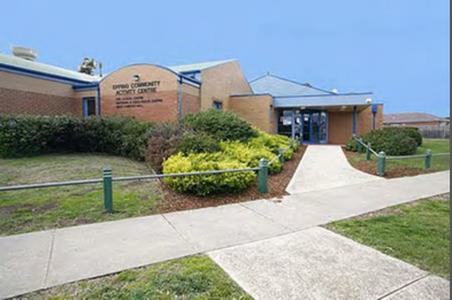With a diverse portfolio of assets and service offerings, councils have a crucial role to play assisting residents better adapt to the impacts of climate change.
Assisting vulnerable residents to manage heatwavesThe Adaptation Community of Practice seeks to bring together council officers across metro Melbourne confronting the impacts of climate change, with a particular focus on vulnerable residents and their capacity to cope during heatwaves.
As the impacts of climate change become more severe, there is an increased need to improve our heatwave response, both in terms of offering spaces for public refuge, as well as providing some level of coordination and oversight of the operation of these facilities. The recent Heatwave Safe Spaces (WAGA) and Community Cooling Centres (NAGA) projects collectively assessed 60+ community facilities for suitability as cooler buildings for residents to access during heatwaves. Next steps could involve:
This is a complex and multifaceted piece of work, which requires coordination with Sustainability (in the first place), Emergency Management, Social Services and Health. The intention will be to share information, insights and practical issues between the different teams and councils, explore the potential for further collaborative projects and initiate or lead priority projects, depending on officers’ interest and capacity. |
Community Cooling CentresPurpose of the project
To identify and assess community centres for heatwave resilience in the north of Melbourne. Project description The project assessed a selection of community buildings in the north of Melbourne, to be considered as 'Community Cooling Centres'. At the same time, participating councils addressed how to include these cooling centres in heatwave response plans, ensuring they are suitable, appropriate and useful to the community during heatwaves. A very similar project, titled ‘Heatwave Safe Spaces’, was run in parallel by the Western Alliance for Greenhouse Action (WAGA). Building Vulnerability Assessments were carried out by Yarra Energy Foundation and focused primarily on the building envelope and surrounding vegetation. Recommendations were made for improvements to each facility's structural capacity to resist extreme heat. In the WAGA project, four of the assessed facilities received a small amount of funding to undertake basic improvements as demonstration projects; two involved structural upgrades and another two involved preparation of ‘heatwave kits’ for residents. At the same time as the assessment and upgrades were being carried out, DEECA led consultation with managers of the facilities and some residents to better understand how the facilities should be operated and used in heatwaves. Consultation involved one-on-one interviews with facilities staff and a survey of residents in one location. |


